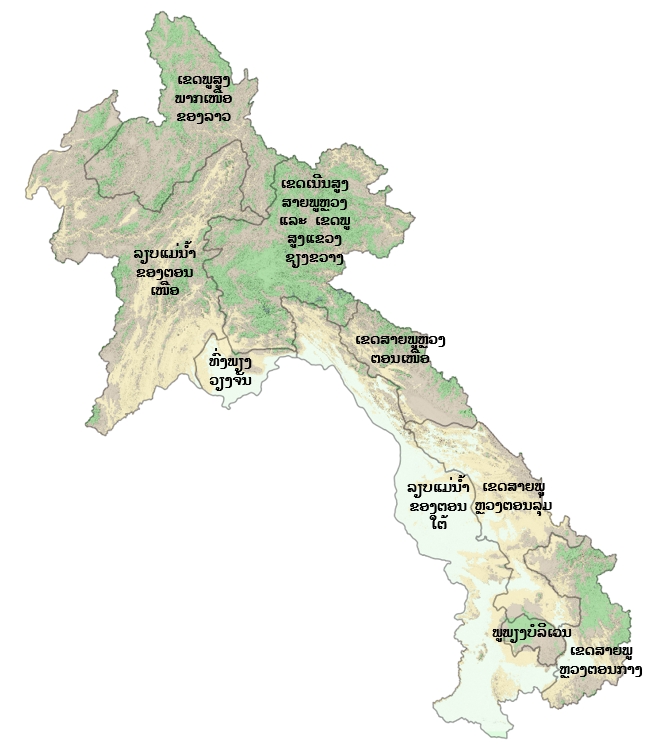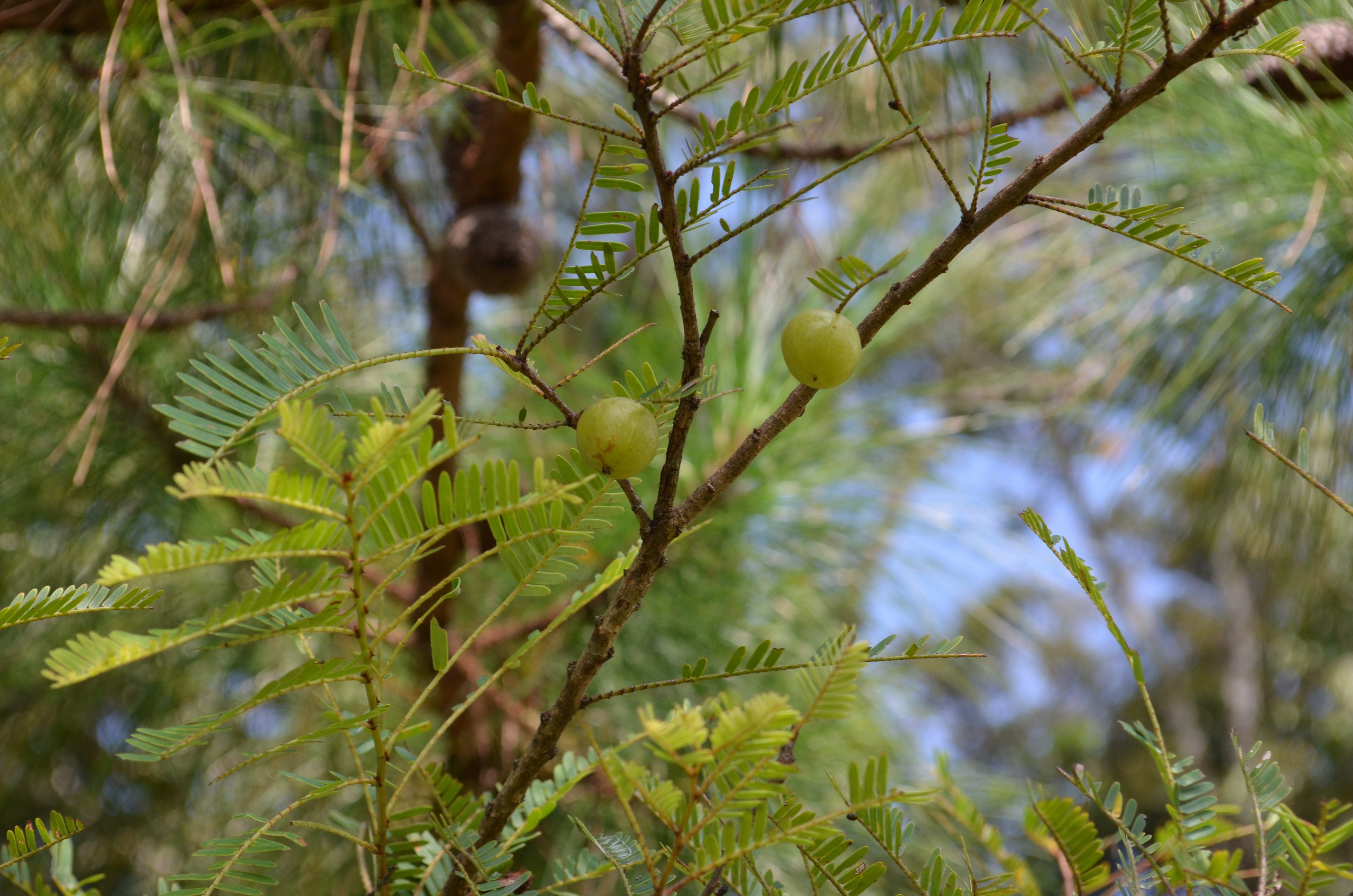ໝາກຂາມປ້ອມ
Country Gooseberry
Phyllanthus emblica L.
ພືດ
ໄມ້ຢືນຕົ້ນ
ຕົ້ນໄມ້ ແລະ ປາມ
Diasperus emblica (L.) Kuntze
Dichelactina nodicaulis Hance
Emblica arborea Raf.
Emblica officinalis Gaertn.
Phyllanthus glomeratus Roxb. ex Wall. [Invalid]
Phyllanthus mairei H.Lév.
Phyllanthus mimosifolius Salisb.
Phyllanthus taxifolius D.Don
ນິເວດວິທະຍາ
ທົ່ງພຽງວຽງຈັນ
ເຂດສາຍພູຫຼວງພາກເໜືອ
ເຂດສາຍພູຫຼວງຕອນລຸ່ມ

ການນຳໃຊ້
ພືດເປັນຢາ
Lao healers usually used the stem bark in the form of decoction as a medicine for reducing high blood pressure symdromes. In India, the plant is used as aperient, aphrodisiac, astringent, digestive, diuretic, laxatice, refregirant and tonic. It is also used in anaemia, asthma, biliousness, diabetes, dyspepsia, emaciation, consumption, jaundice and haemorrhagic disorder. In Malaysia, the root bark is useful in the treatment of ulcerative stomatitis. The extract of the fresh bark, mixed with honey and tumeric is given to treat gonorrhoea. The decoction of the leaves is used to treat fever. The powdered of the seeds are used to heal bronchitis and asthma. In Vietnam the decoction of salty fruits (15-20g) is used for treating diabetes.
According to oriental medicine theory, the fruits have sour, sweet taste, slightly acrid, cool character, have antipyretic, anti-inflammatory actions, purging lung, produce mucous. The leaves have hot taste, calm character, possess diuretic action. The root is bitter, acrid, calm character, astringent and has hypotensive effect. The stem bark has also astringent effect. The flowers possess refregirant, antipyretic and laxative effects.
.
ການຄຸ້ມຄອງຈັດການ
ໂພຊະນາການ
| ສານອາຫານ | /100g | ໝາຍເຫດ |
|---|---|---|
| ໂປຣຕີນ | N/A | N/A |
| ຄາໂບໄຮເດຣດ | N/A | N/A |
| ໄຂມັນ | N/A | N/A |
| ວິຕາມິນ | N/A | N/A |
| ແຮ່ທາດ | N/A | N/A |
| ເສັ້ນໄຍ | N/A | N/A |
ອ້າງອິງ
Bhattacharya, A.; Chatterjee, A.; Ghosal, S.; Bhattacharya, S. K. (1999). "Antioxidant activity of active tannoid principles of Emblica officinalis (amla)". Indian Journal of Experimental Biology. 37 (7): 676–680.
Habib-ur-Rehman, Yasin KA, Choudhary MA; et al. (Jul 2007). "Studies on the chemical constituents of Phyllanthus emblica". Nat. Prod. Res. 21 (9): 775–81.
Lim, T.K. (2012). "Phyllanthus emblica". Edible Medicinal And Non-Medicinal Plants. Springer Netherlands. pp. 258–296.
